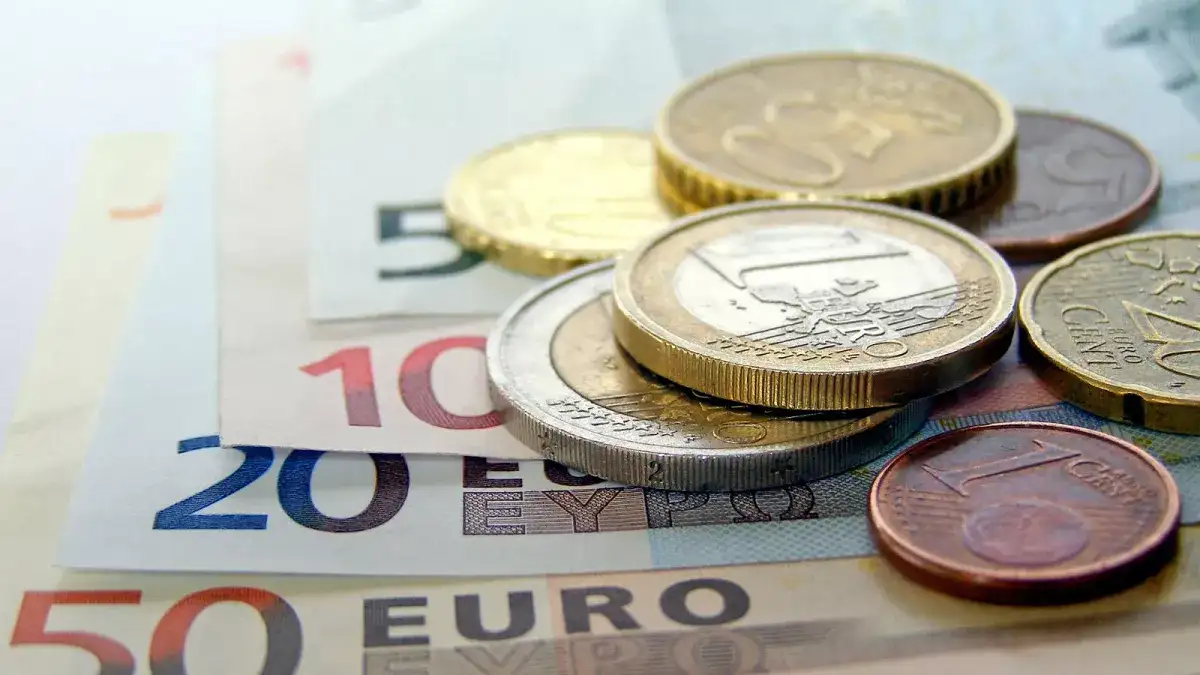


EUR/USD faces selling pressure in Thursday's North American session and declines below 1.0540 as the growth in the flash German Harmonized Index of Consumer Prices (HICP) data for November remains slower than expected. The Federal Statistics Office of Germany showed that the annual HICP rose steadily by 2.4%. However, economists expected the inflation data to have grown at 2.6%. Month-on-month HICP deflated by 0.7%, faster than expectations of a 0.5% decline. In October, the inflation data rose by 0.4%.
Moderate growth in the German inflation data is expected to boost market expectations that the European Central Bank (ECB) will cut interest rates by a larger-than-usual size of 50 basis points (bps). Earlier, less-dovish remarks from ECB board member Isabel Schnabel in her interview with Bloomberg on Wednesday forced traders to pate ECB large rate cut bets.
Schnabel said that she doesn't see any risk of inflation undershooting the bank’s target. She argued that the central bank stimulus doesn’t address the structural issues that the Eurozone is currently facing.
Going forward, investors will focus on flash Eurozone HICP data for November, which will be published on Friday. Economists expect the headline and core HICP - which excludes volatile items - to have accelerated to 2.3% and 2.8%, respectively.
Meanwhile, fears of a potential decline in Eurozone exports due to the imposition of hefty tariffs by US President-elect Donald Trump have slightly eased, which could offer more support to the Euro (EUR). ECB President Christine Lagarde said in an interview with the Financial Times (FT) in the early European session on Thursday, “Trump's lack of specificity on a level of potential European tariffs may signal that he is open to negotiation,” according to MACE News. Lagarde added, “It's difficult to make America great again if global demand is falling due to trade tariffs.”
EUR/USD drops after failing to extend Wednesday’s rally above the round-level resistance of 1.0600. The recovery in the major currency pair appears to be a mean-reversion move, which could extend to near the 20-day Exponential Moving Average (EMA) around 1.0600. Still, the broader outlook would remain bearish as all short-to-long-term day EMAs are declining, pointing to a downside trend.
The 14-day Relative Strength Index (RSI) rebounded after conditions turned oversold and climbed above 40.00, suggesting that the bearish momentum has faded. However, the bearish trend has not been extinguished.
Looking down, the November 22 low of 1.0330 will be a key support for Euro bulls. On the flip side, the 50-day EMA near 1.0750 will be the key barrier.
(This story was corrected on November 28 at 08:01 GMT to say that EUR/USD posted a fresh weekly high near 1.0590 on Wednesday, not a fresh weekly low.)
Source: FXS